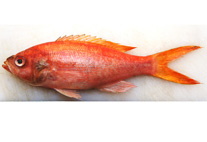Abstract
Mature larva and pupa of Adosomus (s. str.) roridus (Pallas, 1781) (Curculionidae: Lixinae: Cleonini) are described and compared with ten other taxa of Cleonini with known larvae. This weevil is an oligophagous species on the Asteraceae family. From our observations in Slovakia, we found active adults from April to September in dry sunny places within extensively used or fallow vineyards and in ruderal vegetation with host plants. The weevil is a root borer - larvae, pupae and fresh adults were collected from the root necks and roots of Common Tansy (Tanacetum vulgare L.) and rarely from Mugwort (Artemisia vulgaris L.). Each plant was usually occupied by one larva, or more rarely with two or three larvae. The new generation of adult individuals appeared from early summer to autumn. Both larvae and some of the adults overwinter, which is quite unique within Cleonini.

